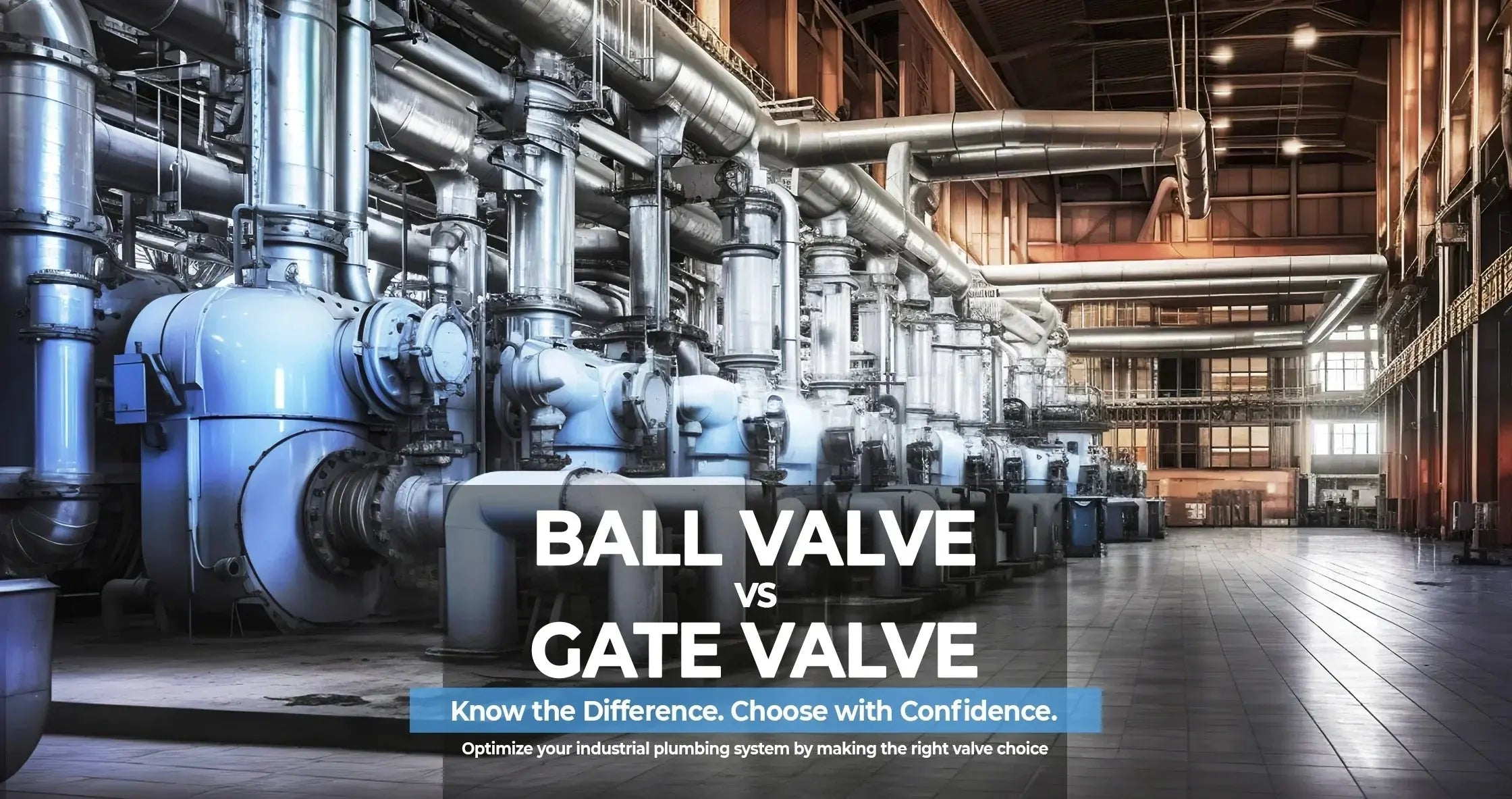When it comes to industrial systems, understanding the key differences between ball valve vs gate valve is crucial to optimizing performance, longevity, and cost-effectiveness. These two commonly used valve types serve similar purposes, but choosing the right one for your application can significantly improve your plumbing system's efficiency and reliability.
Understanding Ball Valves
Ball valves are quarter-turn valves that feature a spherical ball with a hole through its center. When the valve handle is turned 90 degrees, the ball rotates to either allow or block flow. This makes them extremely effective in providing tight shutoffs.
Key Features of Ball Valves
-
Quick shutoff: A simple quarter-turn enables rapid on/off control.
-
Leak-proof seal: Excellent for applications requiring a tight closure.
-
Minimal wear: Due to fewer moving parts, ball valves offer long-lasting performance.
In high-pressure or emergency situations, a ball valve’s rapid operation is often preferred over a gate valve. This advantage is especially beneficial in automated or frequently cycled systems.
Understanding Gate Valves
Gate valves use a vertical gate that slides into the flow path to stop or start flow. These valves are designed for full open or full close operations and are less effective for throttling.
Key Features of Gate Valves
-
Gradual operation: Requires multiple turns to open or close fully.
-
Minimal pressure loss: Offers straight-through flow when fully opened.
-
Budget-friendly: Often more economical, especially in larger sizes.
Gate valves are generally used in applications where the valve remains open or closed for extended periods without frequent cycling.
Ball Valve vs Gate Valve: Key Differences
Ball Valve vs Gate Valve in Functionality
The most significant distinction between ball valve vs gate valve is in how they operate. Ball valves provide immediate shutoff with a quick turn, while gate valves require multiple turns and allow for smoother flow control.
Ball Valve vs Gate Valve in Maintenance
Ball valves are easier to maintain because of their compact design and lower susceptibility to debris buildup. Gate valves, with their rising stems and larger internal pathways, can become obstructed or worn more easily.
Ball Valve vs Gate Valve in Pressure Management
For high-pressure applications, ball valves offer better performance due to their robust sealing and resistance to pressure spikes. Gate valves are better suited for low-pressure systems where full bore flow is more critical than quick actuation.
Applications: When to Use Ball Valve vs Gate Valve
Ideal Uses for Ball Valves
-
High-pressure fluid or gas lines
-
Situations requiring emergency shutoff
-
Automated or motor-actuated systems
Ideal Uses for Gate Valves
-
Gravity-fed water distribution
-
Low-pressure systems
-
Applications where throttling is not needed
Material Considerations
Both ball and gate valves are available in materials like brass, stainless steel, cast iron, and PVC. Material selection affects corrosion resistance, operating temperature range, and longevity.
For corrosive environments or chemically sensitive systems, stainless steel ball valves often outperform their gate valve counterparts in terms of lifespan and sealing ability.
Cost Comparison: Ball Valve vs Gate Valve
While gate valves are generally more affordable, the upfront cost savings may be offset by higher long-term maintenance and replacement expenses. Ball valves, although slightly more expensive, provide better value in high-demand or high-cycle environments.
Conclusion: Choosing Between Ball Valve vs Gate Valve
Selecting the best option between ball valve vs gate valve depends on the specific needs of your industrial plumbing system:
-
Choose a ball valve for quick shutoff, high-pressure applications, and minimal maintenance.
-
Opt for a gate valve for cost savings, low-pressure environments, and infrequent operation.
Both valve types serve important roles, but understanding their distinctions ensures smarter decisions for your facility’s efficiency and reliability.
This guide is part of our expert series on industrial valve selection. Whether you're maintaining a complex fluid system or upgrading existing infrastructure, choosing between ball valve vs gate valve is a decision that can save you time, money, and operational headaches.


